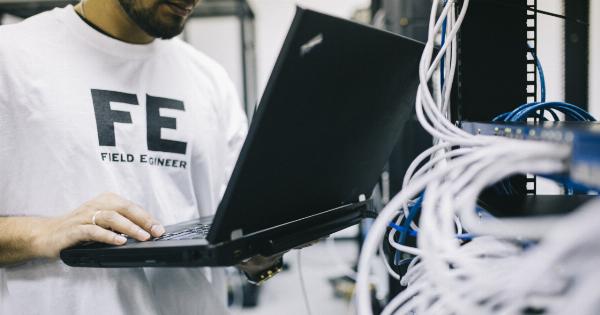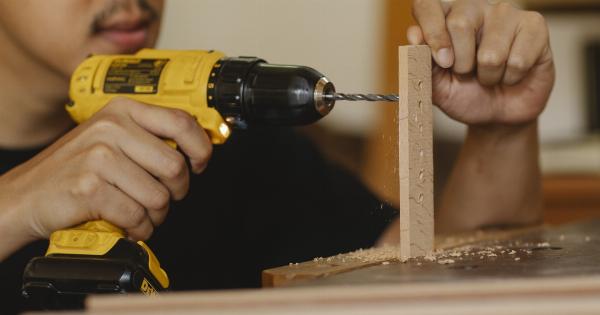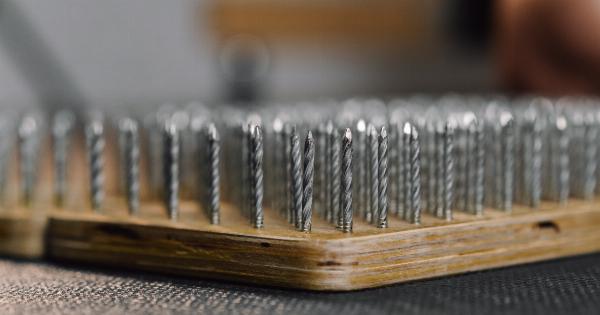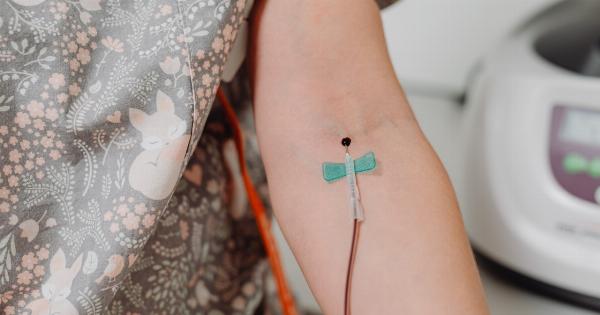Fistula is a medical condition that occurs due to an abnormal connection between two organs or parts of the body. Peripheral fistula is a type of fistula that occurs between two body parts which are not the organs of the digestive tract.
Common sites of peripheral fistula include the skin, mouth, and lungs. The traditional treatment for peripheral fistula involves surgery, which can be invasive, painful and have a long recovery period.
What is Endoscopy?
Endoscopy is a minimally invasive medical procedure that is used to view the internal body organs or body parts. The endoscope is a medical instrument that has a small camera and light attached to a flexible tube.
It is inserted through a small incision or through a natural opening such as the mouth, nose, or anus. Endoscopy is used for diagnosing and treating various medical conditions such as gastrointestinal diseases, respiratory diseases, and gynecological diseases.
What is an Endoscopic Approach for Treating Peripheral Fistula?
An endoscopic approach for treating peripheral fistula is a new minimally invasive medical procedure that is used to treat fistula without causing any pain or discomfort to the patient.
The endoscope is used to locate the fistula and seal it using a special sealing agent. The sealing agent stops the flow of fluid or other substances from one body part to another, effectively curing the fistula.
Advantages of Endoscopic Approach for Treating Peripheral Fistula
The endoscopic approach for treating peripheral fistula offers a wide range of advantages over the traditional surgical approach. Some of the major advantages of the endoscopic approach include:.
- It is a minimally invasive procedure that does not require any surgical incisions or sutures
- It reduces the risk of infection and other complications
- It is more comfortable and less painful for the patient
- It has a shorter recovery period and patients can return to their daily activities more quickly
- It offers a higher success rate and long-term cure for peripheral fistula
Endoscopic Approach for Treating Different Types of Peripheral Fistula
The endoscopic approach can be used to treat various types of peripheral fistula such as:.
Skin Fistula
Skin fistula is a type of peripheral fistula that occurs on the surface of the skin. It can be caused by trauma, infection, or surgery.
The endoscopic approach for treating skin fistula involves inserting the endoscope into the fistula and sealing it using a special sealing agent. The procedure is quick and painless, and patients can return to their daily activities immediately.
Mouth Fistula
Mouth fistula is a type of peripheral fistula that occurs in the mouth. It can be caused by dental procedures, infections, or trauma.
The endoscopic approach for treating mouth fistula involves inserting the endoscope into the mouth and locating the fistula. The fistula is then sealed using a special sealing agent. The procedure is quick and painless, and patients can return to their normal activities immediately.
Lung Fistula
Lung fistula is a type of peripheral fistula that occurs in the lungs. It can be caused by trauma, infection, or surgery. The endoscopic approach for treating lung fistula involves inserting the endoscope through the mouth or nose and into the lungs.
The fistula is located and sealed using a special sealing agent. The procedure is quick and painless, and patients can return to their normal activities immediately.
Conclusion
The endoscopic approach for treating peripheral fistula is a new and innovative medical procedure that offers a wide range of benefits over the traditional surgical approach.
It is a minimally invasive procedure that reduces the risk of complications and discomfort for the patient. It has a higher success rate and long-term cure for peripheral fistula. The endoscopic approach is highly recommended for patients suffering from peripheral fistula.





























